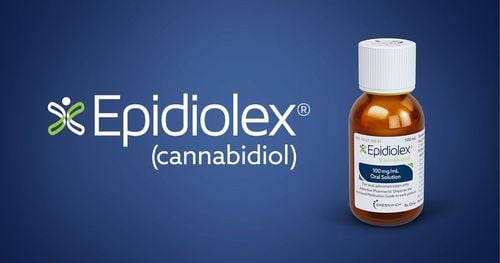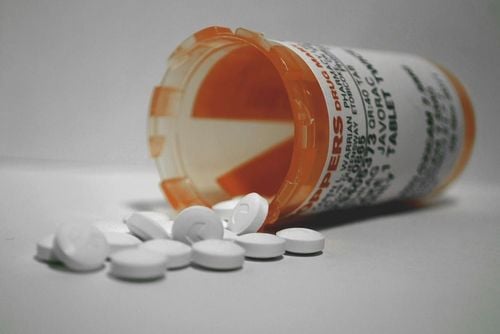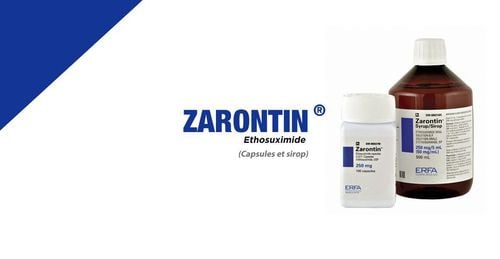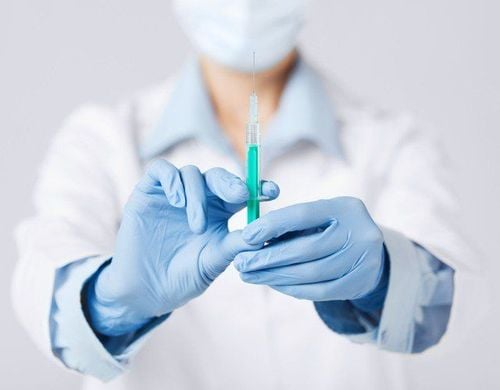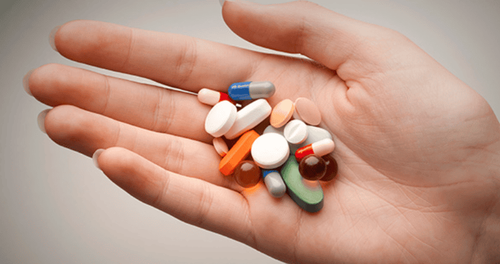This is an automatically translated article.
The article is professionally consulted by Master, Doctor Tong Van Hoan - Emergency Medicine Doctor - Emergency Department - Vinmec Danang International Hospital.1. What is anaphylaxis?
Anaphylaxis is a serious, potentially life-threatening allergic reaction with symptoms such as: hives, swelling, dilated blood vessels, and low blood pressure. In severe cases, the patient may go into shock. If anaphylactic shock is not treated promptly, it can lead to death.
Anaphylaxis often starts with problems with the immune system. The body makes a protein, called immunoglobulin E or IgE, to fight allergens. However, an overreaction of the immune system to harmless substances, such as certain foods, sets off a chain of chemical reactions that trigger an allergic reaction.
Although the body cannot react quickly on the first exposure to foreign substances, it will produce antibodies the next time. Once there, the allergen will bind to these antibodies, and the body produces more histamine, leading to anaphylaxis.
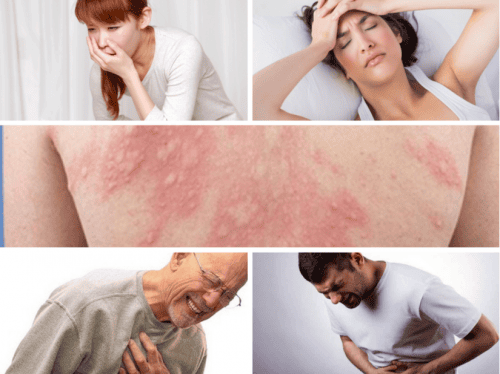
2. Symptoms of anaphylaxis
2.1 Definitive diagnosis. The National Institute of Allergy and Infectious Diseases (NIAID) sets the following criteria for the diagnosis of anaphylaxis:Criterion 1. Acute medical condition with cutaneous symptoms with at least one of two types of respiratory symptoms and circulation. Criterion 2. At least 2 of the 4 symptoms below, following exposure to a possible allergen: dermal-mucous, respiratory, circulatory and gastrointestinal. Criterion 3. Sudden drop in blood pressure after exposure to a certain allergen. Severe anaphylaxis in the presence of respiratory depression or hypotension.
2.2 Differential diagnosis. Anaphylaxis of respiratory failure should be distinguished from: + Bronchospasm in bronchial asthma
+ Pneumothorax
+ Pulmonary embolism.
Anaphylaxis of hypotension should be distinguished from: + X-string shock
+ Other types of shock: cardiogenic shock, hemorrhagic shock, septic shock
+ Hypoglycaemia
Preclinical tests orient the diagnosis, assessment Level assessment
Common tests for a patient in shock, respiratory failure: liver-renal function, ionogram, arterial blood gases... Specialized testing group for anaphylaxis: histamine can be tested -plasma, urine methyl-hista-min, serum tryptase (may be elevated up to 3 hours after anaphylaxis). Skin testing or blood tests may be done to help determine your anaphylaxis trigger.
3. Treatment of anaphylaxis
Immediately stop exposure to the allergen. Place the patient in a supine position, with head low and feet high. Side-lying position if vomiting occurs (lying on left side if pregnant).Immune and non-immune anaphylaxis are treated similarly, in that adrenaline and oxygen are the most important and earliest measures to reduce the body's immune response. Adrenaline is indicated for people with signs of anaphylaxis or threat of anaphylaxis, or even when there are no symptoms that are standard for the diagnosis of anaphylaxis.
Mild anaphylaxis
Intramuscular or subcutaneous injection 0.3-0.5ml adrenaline 1/1000. Repeat every 5 minutes if symptoms persist. Severe anaphylaxis
Intravenous 3-5ml adrenaline 1/10,000. Repeat every 3-5 minutes if hypotension persists. If hypotension persists, intravenous infusion should be started at 1-4 micrograms/minute, up to a maximum of 10 micrograms/minute.
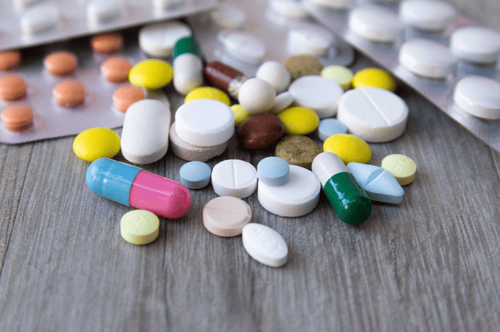
Use antihistamines and cortisone to reduce airway inflammation, improve breathing, prevent recurrent anaphylaxis.
Use beta-agonist (eg albuterol) if bronchospasm persists after adrenaline injection.
Antihistamines (Promethazine, Pipophen) only relieve skin-mucous symptoms.
Usual intramuscular dose of adrenaline for all ages: 0.01 mg/kg (maximum dose 0.5 mg).
Use auto-injector: only for 0.15 mg and 0.3 mg doses.
4. Prevention of anaphylaxis
For patients The best way to prevent anaphylaxis is to stay away from the factors that cause anaphylaxis.Always carry information that shows you are allergic to any medication or other substance (wear it around your neck or wrist, or keep it in your purse).
You should always have a first aid kit with necessary medications. When you have an adrenaline auto-injector, always check the expiration date and replace it before it expires.
When you have anaphylaxis without an auto-injector available, immediately go to the nearest medical facility to receive adrenaline injection and stabilize the vitals before transferring to a specialist facility for further treatment.
Carefully tell your doctors about any drug reactions you have.
When you are injecting a certain drug, if you feel abnormal such as restlessness, panic, numbness of the tongue, itchy skin... tell your doctor immediately to stop the injection and promptly handle anaphylaxis.
When eating strange foods, try a small amount and monitor your body's response. Wait 24 hours before eating again if you don't see anything unusual
If you are allergic to insect stings, be careful around them. Wear long pants and a long-sleeve shirt, don't walk barefoot on the grass, avoid bright colors, don't wear perfume, don't open soda outside. Stay calm near that type of insect.
If you have a food allergy, read the label carefully. The processing can vary, you need to periodically check the labels of the things you usually eat. When you eat out at a restaurant, learn how it's prepared and what ingredients are in it. A little food to which you are allergic can cause a serious reaction.
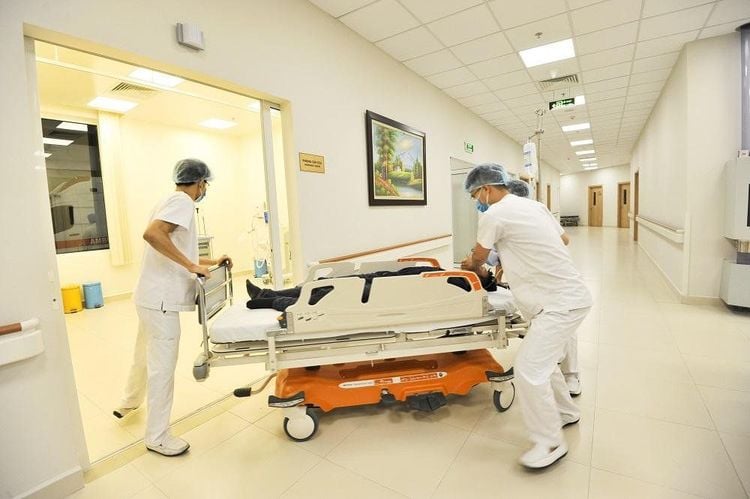
When administering medication to a patient, always carry a shockproof case.
For drugs with a high risk of anaphylaxis, they must be tested before use, eg tetanus serum, Streptomycin...
When anaphylaxis is suspected, adrenaline must be given to the patient immediately.
For cases of force majeure that must be used on the basis of drug allergy reported by the patient, steroids must be used 30 minutes before and a very small dose of the drug must be used, then gradually increased.
Please dial HOTLINE for more information or register for an appointment HERE. Download MyVinmec app to make appointments faster and to manage your bookings easily.





